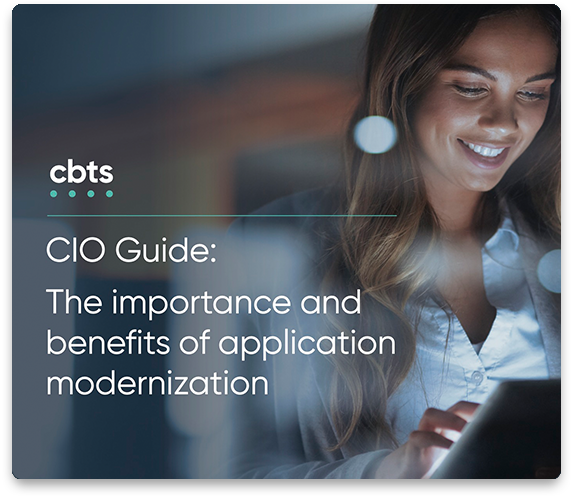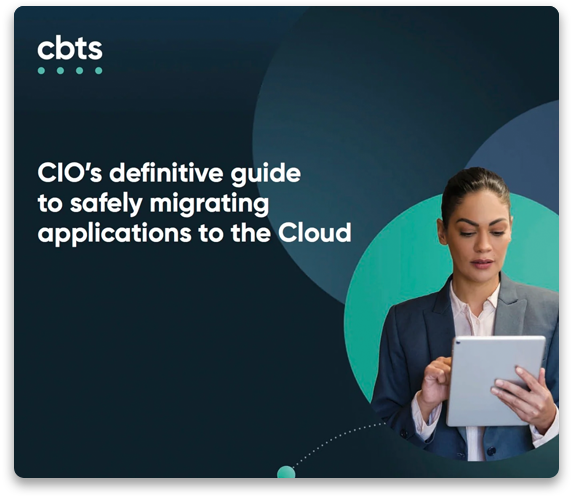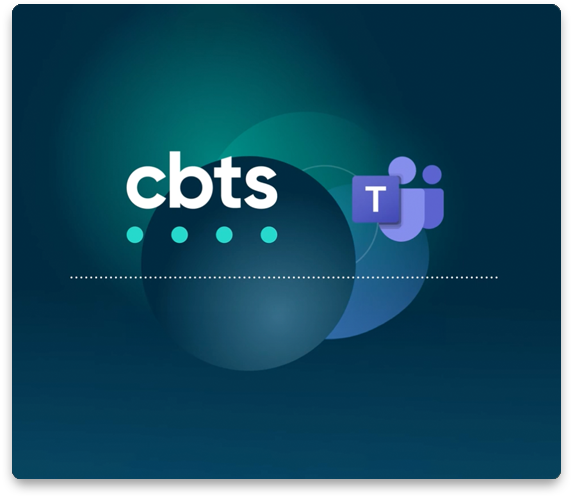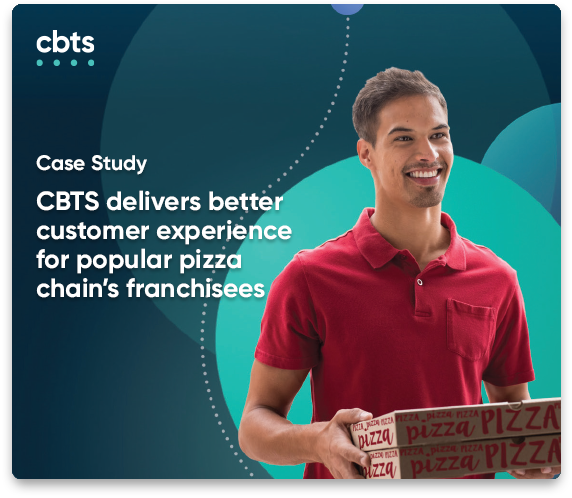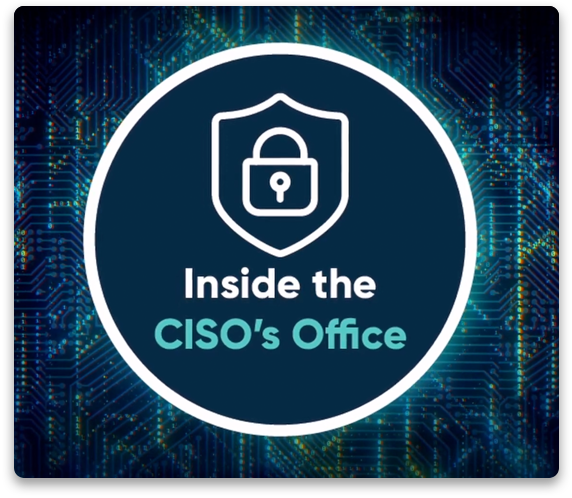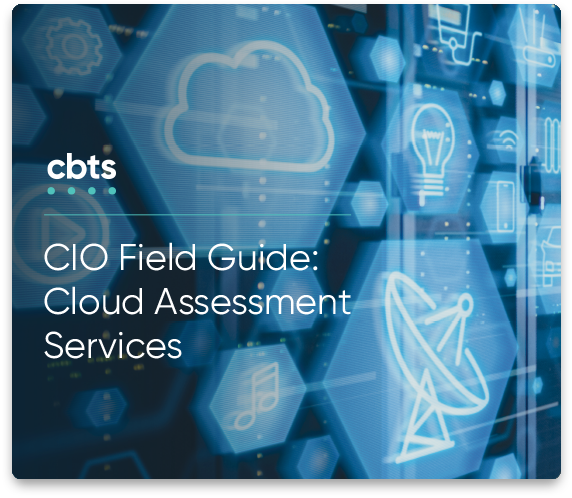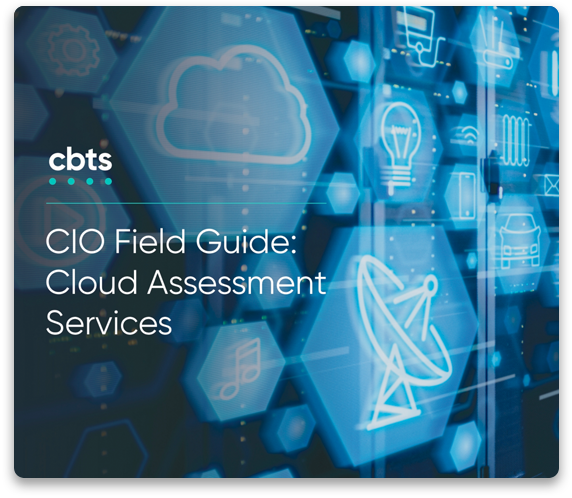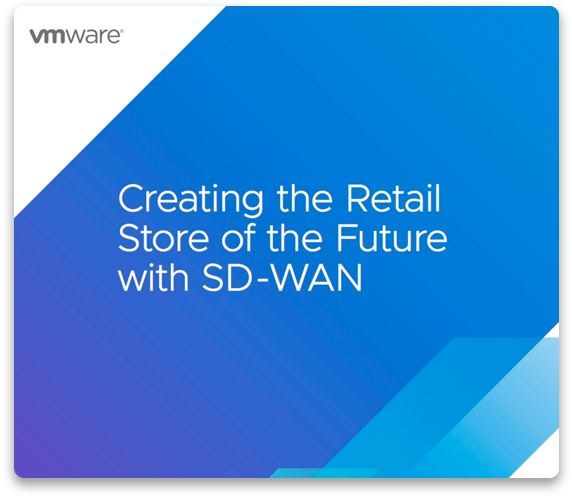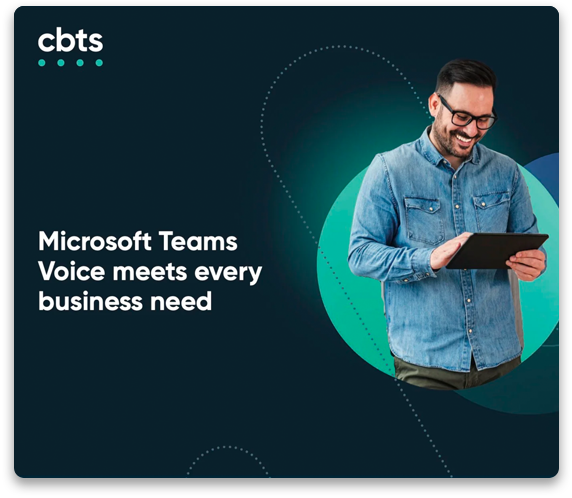IT Consulting Services
Optimize your digital environments with expert guidance

Overview
Business Outcomes
Solution suite
Where to start
Methodology
Case studies
FAQs
BUSINESS OUTCOMES
Solutions that align with your objectives
%
of technology executives say they outsource application and software maintenance. – Fortunly
%
of companies outsourcing IT functions say their information technology outsource projects are meant to save money. – Fortunly
%
of companies say outsourcing lets them access technology skill sets that aren’t available in-house. – Fortunly
CBTS certified consultants help you develop robust, secure architectures, design integrated applications, and implement solutions with improved efficiency in mind. We focus on your key business goals, allowing your IT team to do what they do best—innovate.
SOLUTIONS SUITE
Our IT Consulting Services
WHERE TO START
Your ideas + our expertise = limitless possibilities
Not sure where to start?
Select the option that matches your business priorities.
Start here
Application development consulting
CBTS enhances planning, removes roadblocks, and helps you gain a competitive edge.
Start here
Cloud consulting
CBTS cloud consultants help organizations navigate the multifaceted journey to an optimized cloud.
Start here
Data analytics
CBTS can help you create a data strategy to cope with the data explosion for greater insight and value.
Start here
Digital workplace services
CBTS will carefully consider how your digital tools can work better together to create seamless communications and drive outcomes.
Start here
IT security services
CBTS customizes strategies to manage risk and maximize your return on investment
METHODOLOGY
Why CBTS?
CBTS performs a deep dive into your technology environments and, more importantly, your current and future business objectives. Our consultants and engineers work with you to design, build, deploy, and manage solutions that improve operations, speed time to market, and reign in costs.
Assess
Audit your current environment and identify opportunities to alleviate day-to-day IT burdens and advance business priorities.
Design
Prioritize needs and design solutions to deliver consistent, secure, high-quality experiences for users, clients, and partners.
Deploy
Empower your team to implement functionality and tools that take advantage of the latest advances in cloud, app development, digital workplace, analytics, and security technologies.
Operate
24x7x365 monitoring, management, and support with quarterly service reviews with CBTS engineers.
Organizations today struggle with the constant challenge of keeping their data safe. Understanding the technologies available and determining the right security solutions for your business can be daunting. By working with CBTS security experts, your IT team decreases the time to implementation and gains from the experience and industry knowledge needed to identify gaps, meet compliances, secure applications, and identify the tools and processes required to safeguard your business.

“Clients choose us to leverage our expertise and proven success in leading initiatives they don’t have the required in-house skills or bandwidth to complete on their own.”
– Justin Rice, Senior Vice President of Solutions
Case studies

Our client is a U.S.-based digital B2B payment solution provider primarily focused on the healthcare, workers’ compensation, auto insurance, and auto/home warranty space.
Problem
Our client was recently spun off from its parent company and was running a call center on a legacy AS-400 system that did not support their needs or anticipated future growth. The client urgently needed an application that would allow their call center team to quickly access hundreds of millions of documents in their data center so they could quickly answer customer questions or problems.
CBTS solution
CBTS assessed the client’s IT environment and recommended a new application be built on .NET Core, using Elasticsearch technology. The client selected the solution presented by CBTS, which quickly deployed a team of application designers to build the application and then implemented the necessary technology infrastructure to support it.
Outcome
During a pilot test, the new application was reducing search time from up to 30 minutes to less than 10 seconds. The client now has integrated data center IT infrastructure to support the new application and anticipated future growth.
Continue your journey
FAQs
Top 5 questions
Why should I work with an IT consultant?
IT consultants are an investment in your IT team. By freeing up their time and resources, they can refocus on innovation and getting products to market.
What sets CBTS apart as a consultant?
Our deeply qualified experts follow a holistic methodology developed and refined over the course of thousands of projects. CBTS provides end-to-end solutions for each step in your digital transformation journey and offers ongoing 24x7x365 technical support.
Will your consultants provide an unbiased opinion?
Our consultants use an agnostic approach to technology and solving business problems. We provide candid, unbiased feedback and prioritize offering direct insights. Our straightforward process has proven vital for tackling challenging issues effectively.
Is hiring a consultant cost-effective?
Hiring a dedicated consultant makes you more likely to avoid mistakes that will cost your company time and money for years.
Can a consultant help us find ways to increase revenue?
Our consultants can brainstorm, recommend revenue-generating features, and help manage subscriptions, ensuring effective revenue collection.
Related stories
Schedule a complimentary 30-minute discussion
with a CBTS solution consultant
Talk to one of our experts today to see how we can help your organization take the next steps toward digital maturity.

